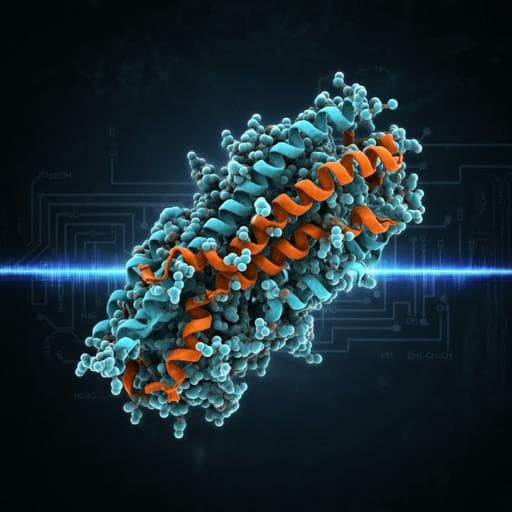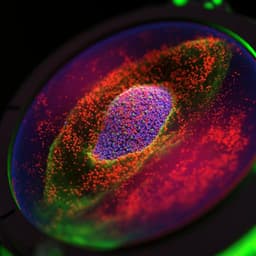
Medicine and Health
Creation of a point-of-care therapeutics sensor using protein engineering, electrochemical sensing and electronic integration
R. Cai, C. Ngwadom, et al.
Discover an innovative point-of-care biosensor for 4-hydroxytamoxifen, a vital metabolite in breast cancer treatment! This exciting research conducted by Rong Cai and colleagues from Rice University and Michigan State University ingeniously repurposes a conventional glucometer, merging protein engineering with advanced electrochemical sensing and electrical engineering to create a user-friendly and cost-effective solution.
~3 min • Beginner • English
Related Publications
Explore these studies to deepen your understanding of the subject.







